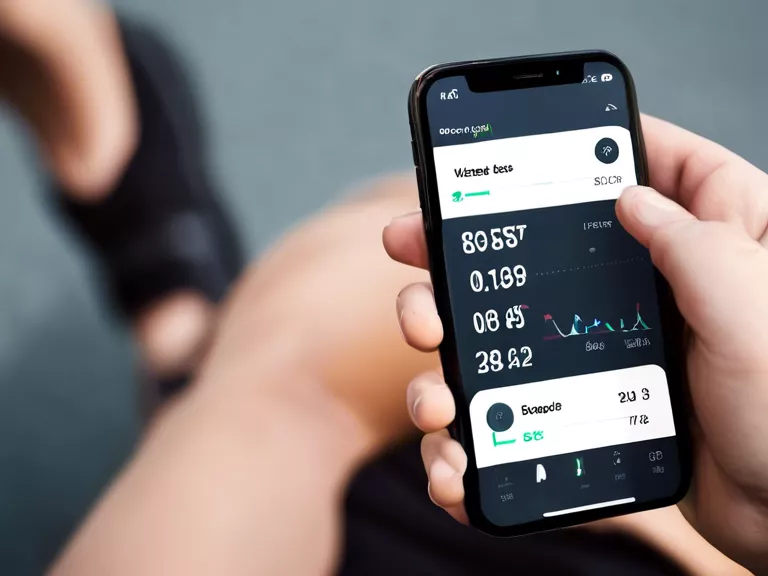
In today's age of technology, fitness trackers have become increasingly popular tools for monitoring health and fitness goals. One key feature of fitness trackers is the ability to monitor heart rate, which can be crucial in improving cardiovascular health. By using fitness trackers to track heart rate, individuals can gauge the intensity of their workouts and make adjustments to optimize their cardiovascular fitness.
Fitness trackers with heart rate monitoring capabilities utilize sensors that measure the user's pulse through the skin. This data is then used to calculate heart rate in beats per minute. By wearing the tracker during exercise, individuals can track their heart rate in real-time and ensure they are working out at the appropriate intensity for their fitness level.
To improve cardiovascular fitness, individuals can use their fitness trackers to monitor their heart rate during various types of exercise. For example, during aerobic activities such as running, cycling, or swimming, individuals can use their trackers to ensure they are reaching their target heart rate zone for optimal cardiovascular benefits. This zone is typically between 50-85% of maximum heart rate, depending on age and fitness level.
In addition to monitoring heart rate during exercise, fitness trackers can also provide valuable data on resting heart rate. Resting heart rate is an indicator of cardiovascular health, with a lower resting heart rate typically reflecting better cardiovascular fitness. By tracking changes in resting heart rate over time, individuals can gauge improvements in their cardiovascular health and adjust their exercise routine accordingly.
Overall, fitness trackers can be valuable tools for improving cardiovascular fitness by monitoring heart rate during exercise and tracking changes in resting heart rate. By utilizing the data provided by fitness trackers, individuals can optimize their workouts and make progress towards their fitness goals.



